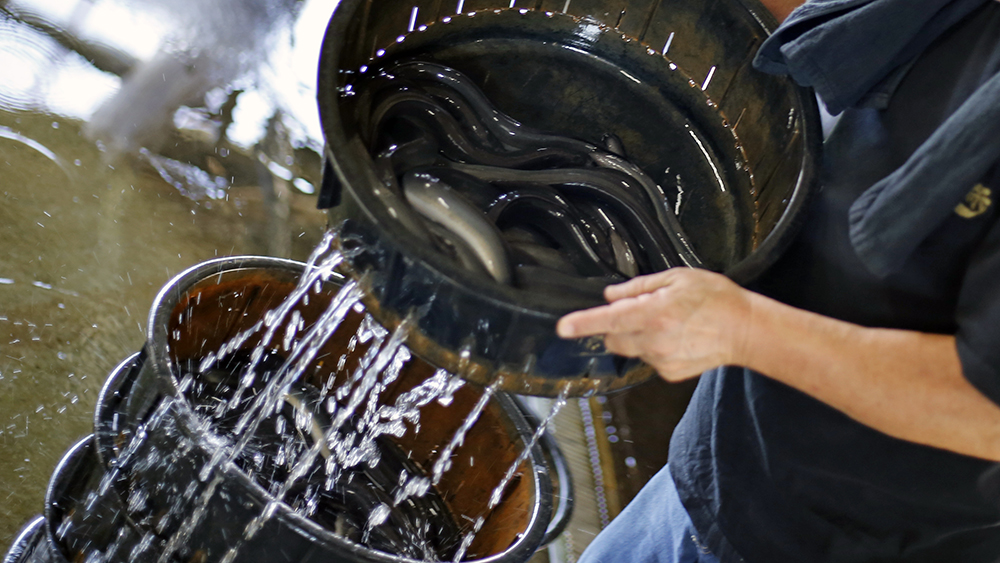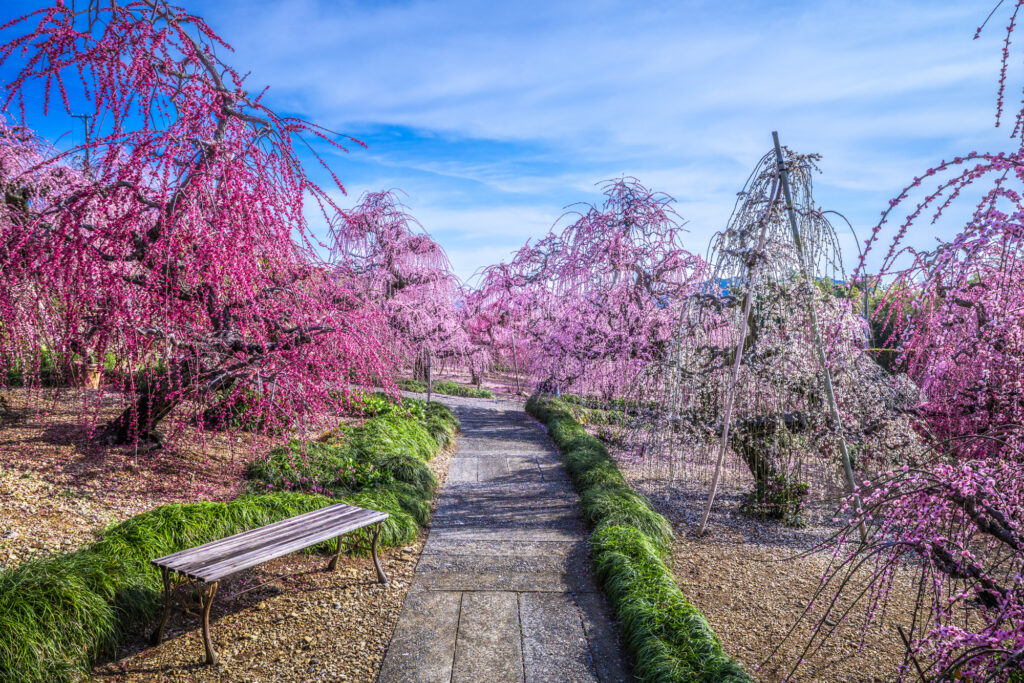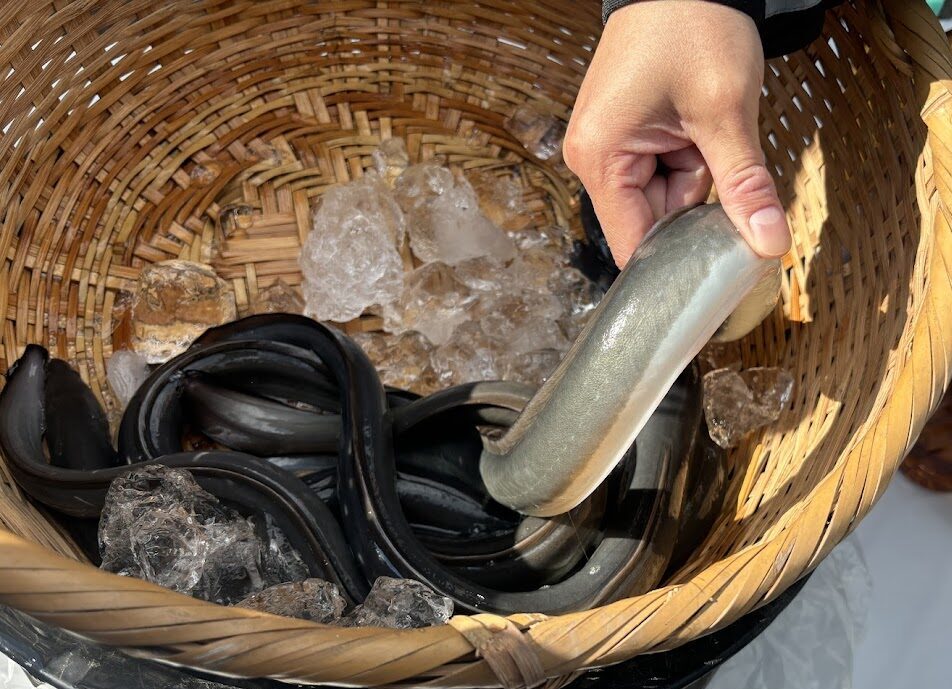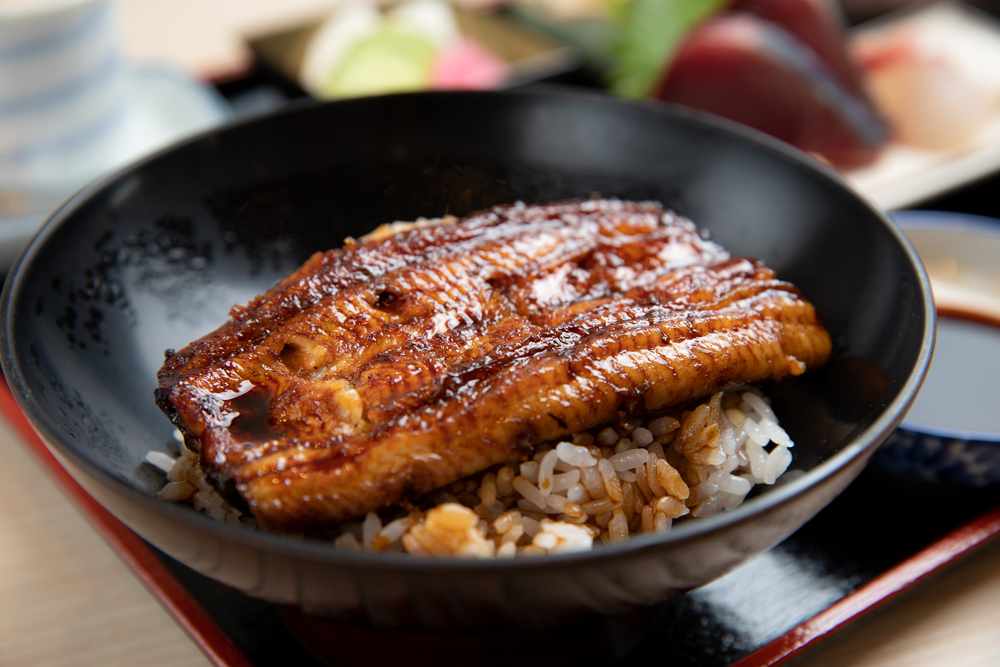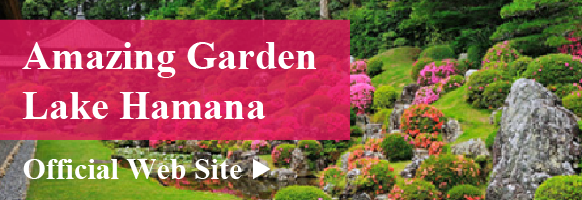Get to Know Hamamatsu
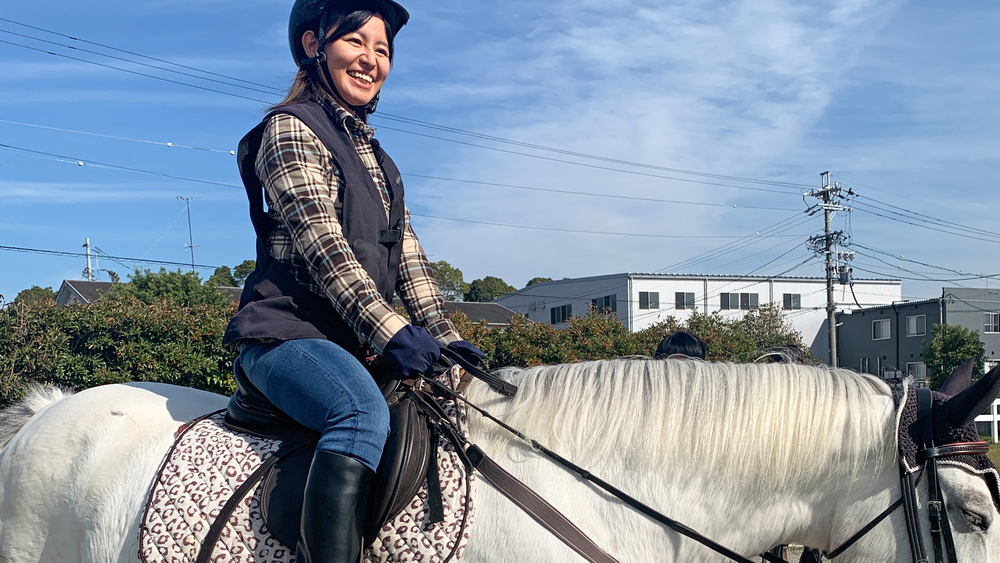
- Enjoy
A Refreshing Reset—On Horseback!? We Visited HAS Hamamatsu Riding Club
Thinking of starting a new hobby? Curious about finding inspiration or inner balance on horseback? Then this is for you…
In ancient China, it is said that ideas and inspiration are born in the “Mikami”.
“Mikami” means “Makami” (when you are in bed), “Mikami” (when you are in the bathroom), and “Mikami” (when you are riding a horse).
There seem to be various theories as to why inspiration occurs on a horse, including “a state of deep concentration amidst fluctuations,” “It’s easy to come up with ideas while moving,” and “the relaxing effect of riding alone on a horse.” But what actually happens?
At the HAS Hamamatsu Horse Riding Club in Mikatahara-cho, Kita-ku, Hamamatsu City, we spoke to Taiki Yakushi, who is involved with horses on a daily basis, about horseback riding.
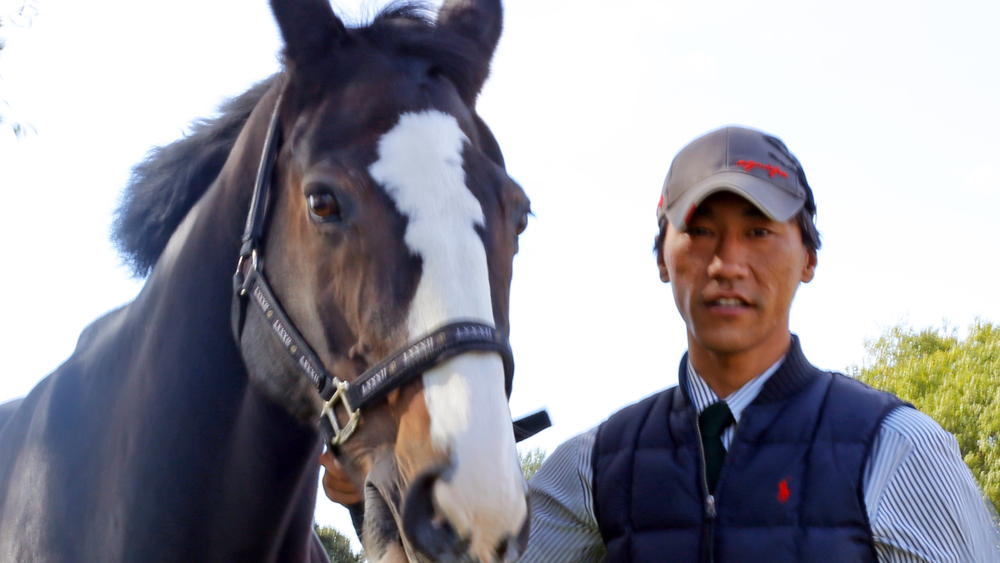
Get a job at the school you once studied at
Yakushi started horseback riding when he was in high school. While attending school in Hamamatsu City, I stopped by the horse riding school on my bicycle on my day off, which is now the HAS Hamamatsu Horse Riding Club.
On my first visit, a staff member happened to give me a ride on a horse, which led me to start learning how to ride horses. With the recklessness of a high school student, I asked for a part-time job to help take care of the horses, and while attending high school, I learned horsemanship while paying for the lessons myself.
I entered university at a school in Kyoto that had an equestrian club. He lived a student life devoted to horses and participated in all-Japan competitions.
When I finished my university career and was contemplating whether to continue riding as a competitive horseman, a horseback riding school in my hometown approached me.
As if being guided by the voice asking, “When are you coming back to Hamamatsu?”, he decided to take a job as an instructor at the place he had a connection to when he was in high school.
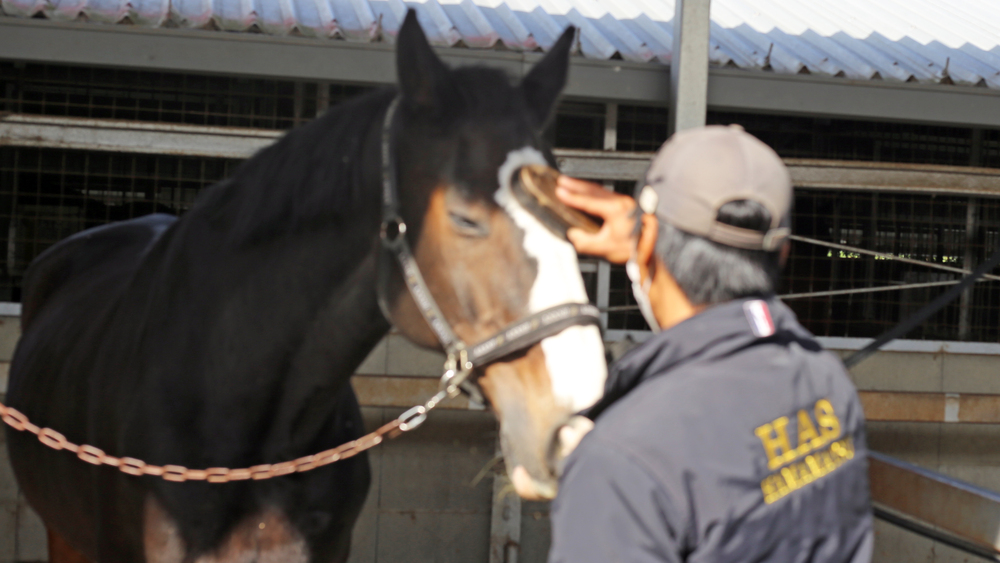
Even horses have individuality. No two horses are the same
Unlike in the days when horses were used as a means of transportation, there are not many opportunities to get familiar with horses in modern life.
When I asked him what he does at his horse riding school, he told me about the characteristics of horses, saying, “Many of our members are fascinated by the maternal cuteness of herbivores, which is not found in carnivores among animals.” I did.
At the school, you will have the opportunity to ride a variety of horses depending on your compatibility, level of proficiency, and the conditions of the day, but each horse has a different personality, and once you are able to communicate with the horses, riding becomes more fun.
He also taught me the difference between “horse racing” and “equestrian competition”, which beginners tend to confuse.
Even though they are both classified as track and field events, the purpose of riding a horse and the training methods are very different, just as “track events” and “marathons” are completely different things. Equestrian competitions have long been considered a sport for ladies and gentlemen, with individuals competing for time and beauty, with no bets placed on the outcome.
At HAS Hamamatsu Equestrian Club, we work with a national organization that also produces Olympic athletes to train athletes, but we are also unique in that many people take up equestrian riding as a hobby even though they have no prior experience.
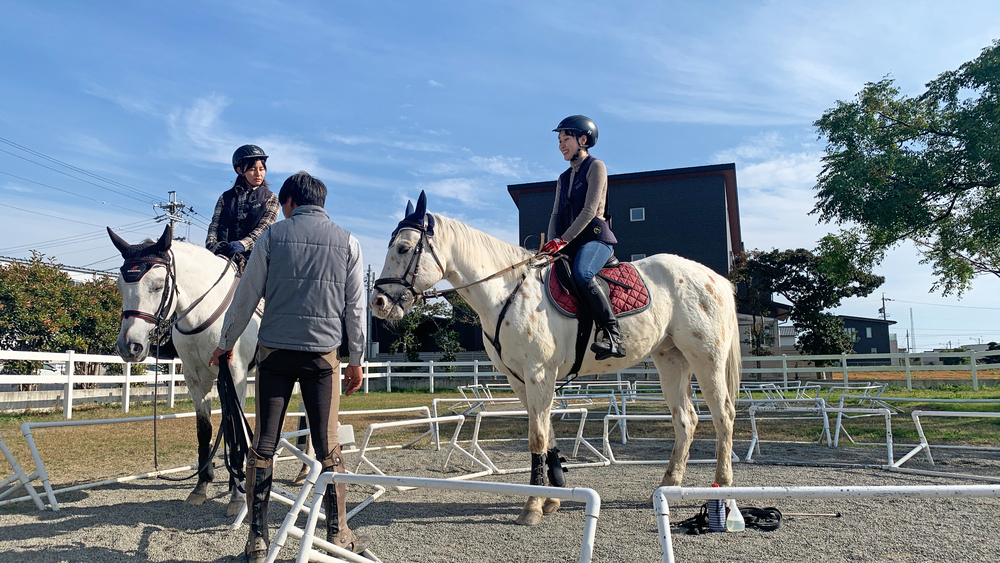
Expected to improve posture and improve fitness
Many people started learning during the coronavirus pandemic because they are able to work with horses on their own without being crowded outdoors, and currently the majority of members are women, with a ratio of 6:4.
“The beautiful, taut posture that can only be achieved by horseback riding! Many people feel the effects after about 10 times of horseback riding.”
Even just riding a horse is an aerobic exercise that works all the muscles in your body, so it’s popular because it trains your core and is perfect for maintaining your figure.
Not only do the healing effects of horses make you feel better, but incorporating horseback riding into your daily life also improves your posture, so it’s no wonder that so many members continue to come.
From children to adults. I want people to feel close to horses.
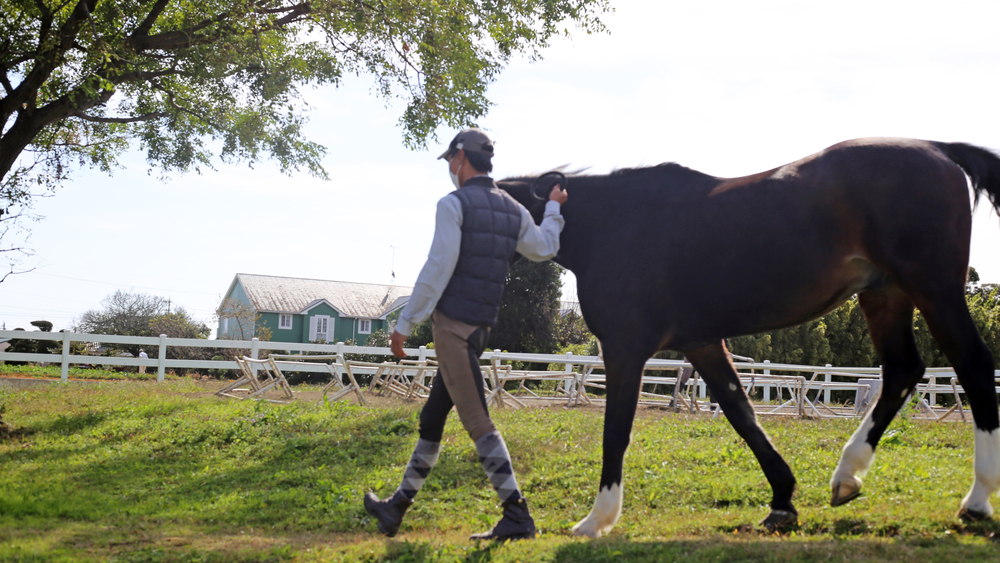
“I want you to try riding a horse first,” Yakushi repeats over and over again during the interview.
“Equestrian clubs used to have an owner system in which one person owned one horse, so there was an impression that the entry fee and amount of money were high, but now the mainstream is to pay club membership fees to cover the horse’s meals and management. It’s easy to learn, and once you try it for the first time, you’ll definitely appreciate the horseback riding experience.”
You won’t be able to tell how good the pony is unless you touch it and ride it, so in addition to actively holding test rides, they also bring their ponies to local events.
“Even on days when I’ve had a bad day, I feel better when I’m riding a horse.I hear that sometimes things don’t go as planned because you’re dealing with living things, but that’s also fun.” Said the pharmacist.
If you want to start a new hobby, or are interested in inspiration and “totonoi” on horseback, why not try horseback riding at HAS Hamamatsu Horse Riding Club?
【HAS Hamamatsu Horse Riding Club】
「https://www.uma-crane.com/maplist/tokai/shizuokaken/hamamatsu/」
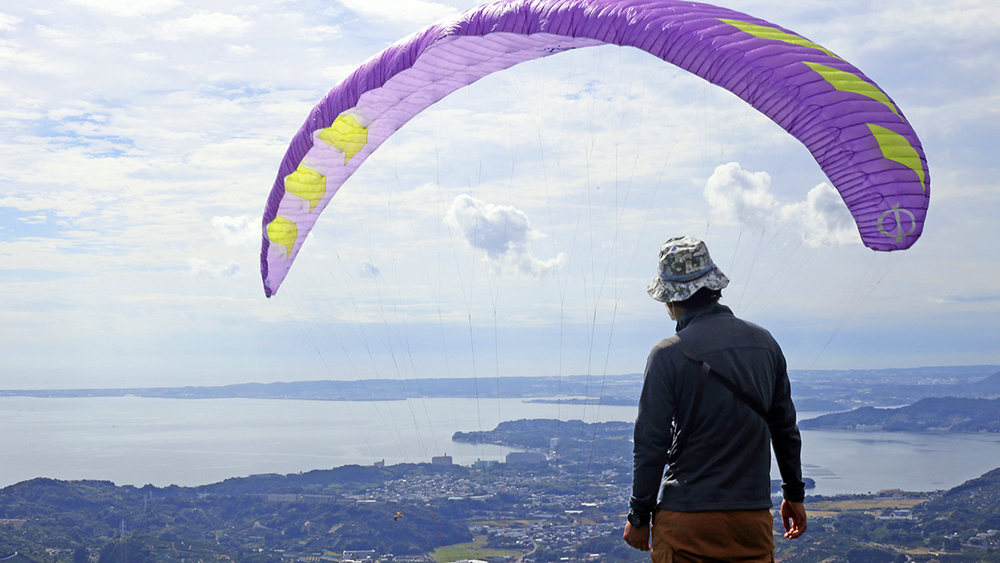
Stunning Views of Hamamatsu and Lake Hamana—Recommended Spots by an Aerial Expert
